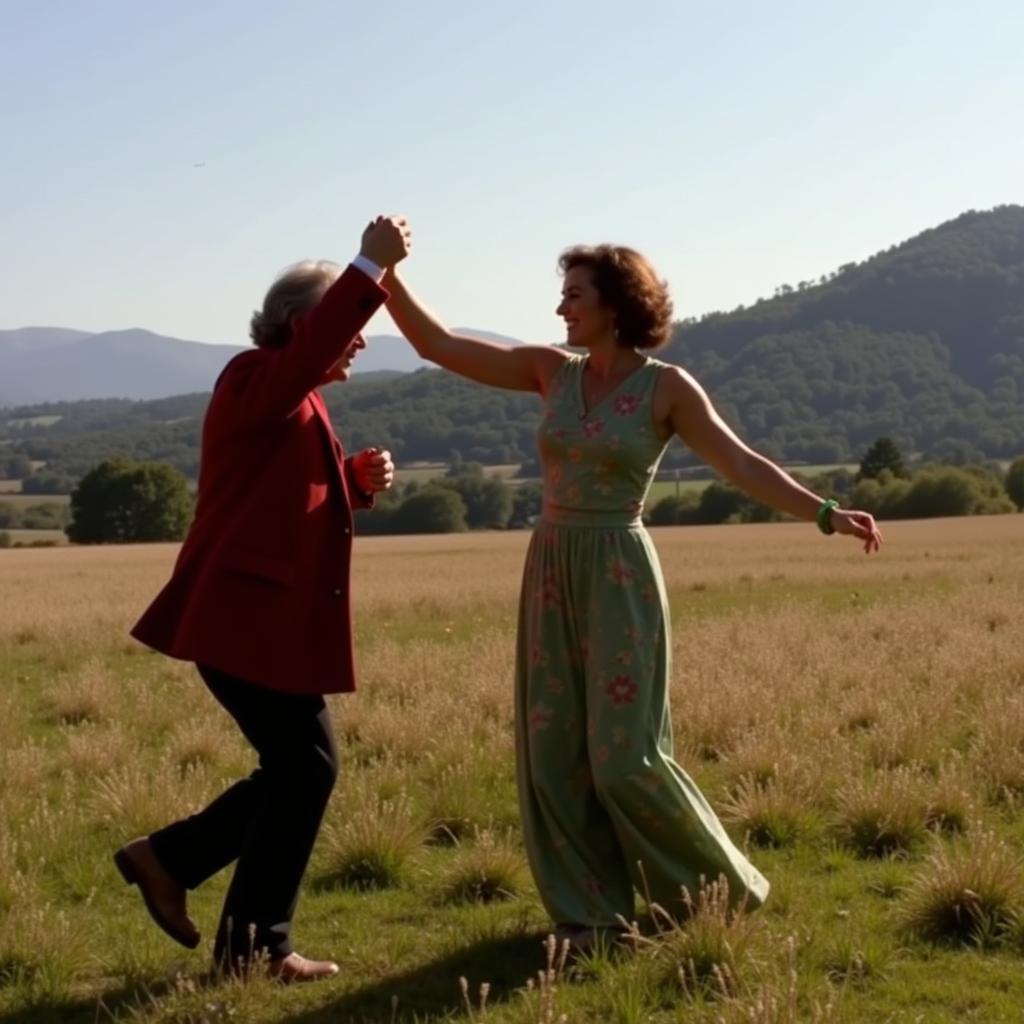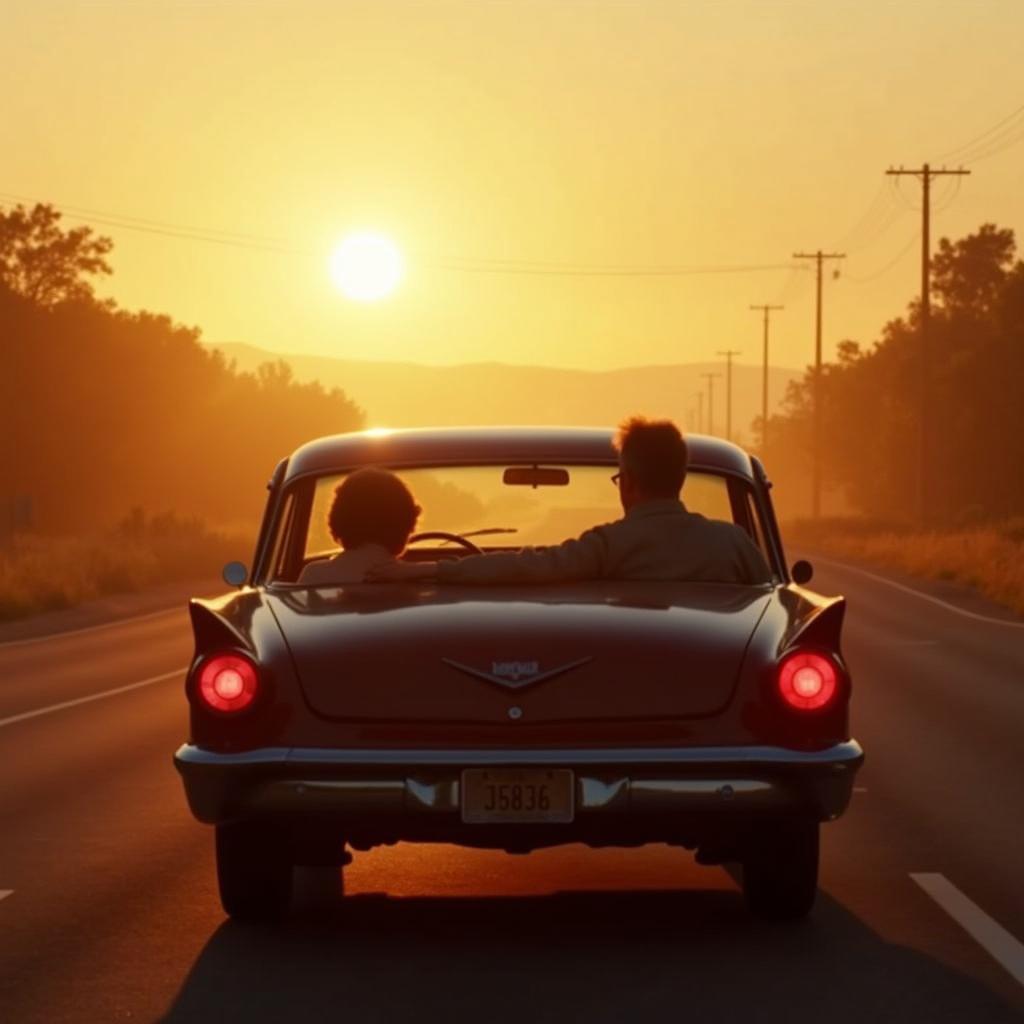“Harold and Maude” is a film that continues to resonate with audiences decades after its release. While often remembered for its quirky humor and unconventional love story, the film’s exploration of death and its impact on societal views, particularly among youth, is a powerful and often overlooked theme.
The film follows Harold, a morbid young man obsessed with death, and Maude, an eccentric octogenarian who embraces life to the fullest. Through their unusual friendship, Harold begins to confront his fears and embrace the beauty and fragility of life. Maude, through her unconventional wisdom and zest for life, challenges Harold’s perception of death, not as an end, but as a natural part of the life cycle.
One of the most impactful aspects of “Harold and Maude” is its ability to initiate open dialogues about death, a topic often considered taboo, especially within families. The film encourages audiences to confront their own mortality and to engage in conversations about death and dying, ultimately fostering a healthier and more accepting approach to this inevitable aspect of life.
Challenging Societal Norms
“Harold and Maude” directly challenges societal norms surrounding death, particularly the tendency to shy away from discussing it openly. By showcasing Harold’s fascination with death, the film confronts the audience with their own discomfort surrounding the subject. Maude, on the other hand, represents a life-affirming approach to death, viewing it as a natural transition rather than something to be feared.
 Harold and Maude dancing in a field
Harold and Maude dancing in a field
“The film’s portrayal of death as a natural part of life, rather than a morbid event, was groundbreaking for its time,” observes Dr. Emily Carter, a sociologist specializing in death and dying. “It encouraged viewers to reconsider their own relationships with mortality and to engage in more open conversations about death.”
The Power of Humor and Acceptance
Rather than approaching death with solemnity and fear, “Harold and Maude” utilizes humor and lightheartedness to explore the subject. This unconventional approach allows the film to address the complexities of death while remaining accessible and engaging for viewers. By incorporating humor, the film encourages audiences to confront their own mortality without succumbing to fear or despair.
Maude’s character, in particular, embodies this approach. Her acceptance of death and her ability to find joy and wonder in every moment serve as a powerful counterpoint to Harold’s initial morbidity. Through Maude’s influence, Harold learns to appreciate the preciousness of life and to face death with a sense of peace rather than dread.
A Legacy of Open Dialogue
“Harold and Maude” continues to spark important conversations about death and dying. The film’s enduring popularity speaks to its timeless message about embracing life and accepting death as a natural part of the human experience. By encouraging viewers to confront their own mortality and to engage in open dialogue about death, “Harold and Maude” has undoubtedly left a lasting impact on societal views of death, particularly among younger generations.
While the film’s message remains relevant today, it is important to note that societal attitudes towards death continue to evolve. Open discussions about death and dying are becoming increasingly common, and resources for end-of-life care and bereavement support are more readily available.
 Harold and Maude driving off in a hearse
Harold and Maude driving off in a hearse
“Harold and Maude” serves as a reminder that while death is an inevitable part of life, it does not have to be met with fear or avoidance. By approaching death with honesty, compassion, and even humor, we can foster a healthier and more accepting understanding of this universal human experience.